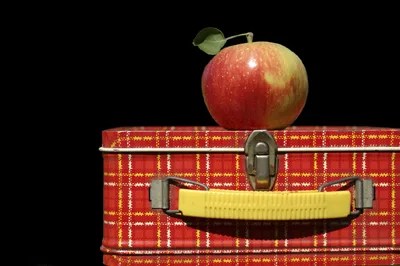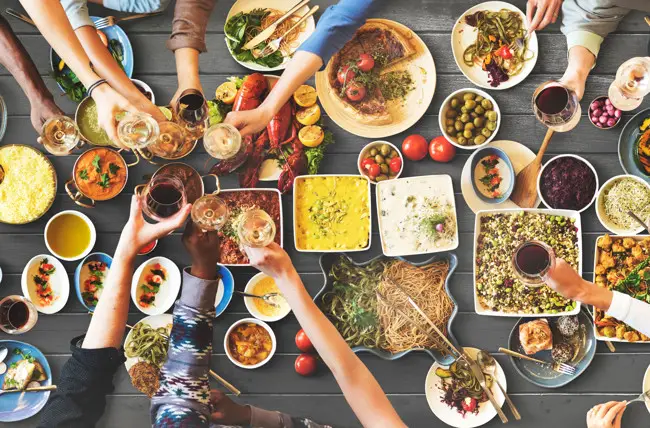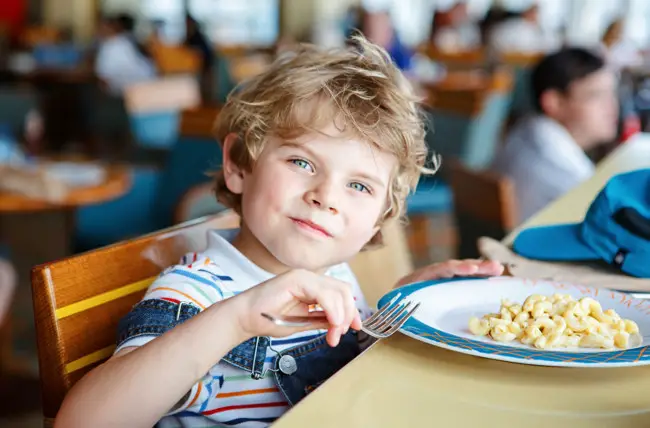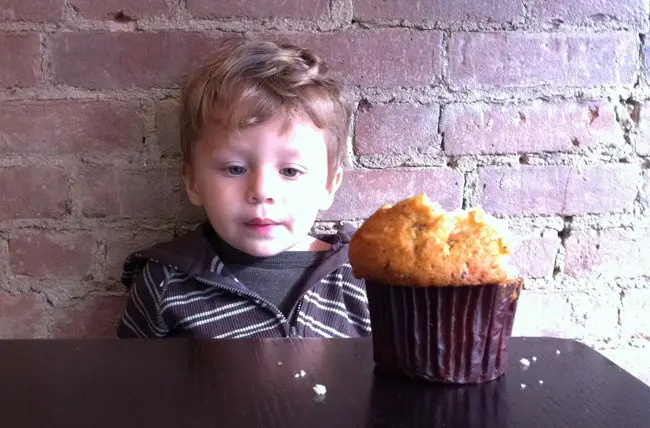The food aisles are stocked to the rafters with lunchbox treats — individually packed granola bars, pudding cups, juice boxes. And while parents have recently been taking a hard look at what we’re putting into our kids’ stomachs, it’s time to think, too, about what we’re putting into our planet’s system.
Fortunately, packing a litterless lunch is surprisingly simple. What’s more, it will likely save you money.

Amy Hemmert, a former teacher and mom to a 12-year-old and 10-year-old, says her wakeup call came when she learned that there was less than 15 years left in her Santa Cruz, California landfill site. She realized that nobody wanted another landfill in their backyard and that trucking garbage away would create more pollution and noise. The answer, she quickly realized, was to reduce the amount of garbage generated.
The place to start? School lunches.
It has been estimated that, on average, a school-age child using a disposable lunch generates 67 pounds of waste per school year. That equates to 18,760 pounds of lunch waste for just one average-size elementary school.
Hemmert took matters into her own hands and, with a partner, created a company to produce litterless lunch boxes under the moniker ‘Laptop Lunches’ (www.laptoplunches.com).
But whether you choose to purchase a specially designed “Bento” box such as Hemmert’s or put together your own, piece by piece, the principles remain the same: A durable reusable bag or lunchpail and containers that are washable and durable.
You can likely find many reusable lunch totes (including those made of hemp, organic cotton or even made from recycled juice containers). Steer clear of vinyl (“no vinyl and that’s final” is a well-worn eco-rule), or anything with lead. Avoid plastic baggies and stick with reusable containers in varying sizes. One mother of three uses linen serviettes that she picks up at church rummage sales to wrap sandwiches. “They keep bread as fresh as plastic wrap,” she promises.
But what you put inside the lunch pail is even more important. It’s not just an environmental issue, says Hemmert, but an economic and health issue, too. With individually wrapped products, “you’re paying for all that packaging,” she points out. What’s more, she says, pre-packaged foods aren’t as nutritious. “If you can’t recognize the ingredients,” she says, “why put them in your child? An apple is just an apple…”
“Get kids involved in making their own lunches,” she suggests. Better still, educate the whole school and change the culture around food choices and the environment. More schools are implementing waste-free lunch programs to great acclaim. One school committee suggested that everyone start by weighing the lunch waste from a “normal” week. They then offered students a presentation outlining the issues around garbage (pollution from manufacture and disposal, loss of land to landfills, increased cost to truck garbage away), and gave them a challenge to bring litterless lunches for a week. They reduced their garbage by 35 percent right away. Some more competitive schools have implemented classes challenging other classes, or schools challenging other schools.
Whether you clean up your own child’s lunchbox or take it upon yourself to clean up your school’s, the result will be inevitably healthier children, a healthier school and a healthier planet.
Mid-day Makeover
Hemmert has put considerable thought into kids’ lunches and shares these tips:
—Make extras at dinner to pack for next day’s lunch.
—Send drinks in a reusable container instead of juice boxes, cans or pouches.
—Tuck in stainless steel cutlery and a cloth napkin.
—Stock your kitchen with easy-to-pack fruits, veggies and whole grain snacks.
—Buy larger sizes of items, then dole out single servings yourself, rather than relying on individually packed servings.
—Invite kids to help pack their lunch. They’re more likely to eat it if they feel they chose the items.
For more information, visit www.wastefreelunches.org.
LESLIE GARRETT is an award-winning journalist, author and mother of three children ages three, five and eight. Visit her at www.virtuousconsumer.com.





















